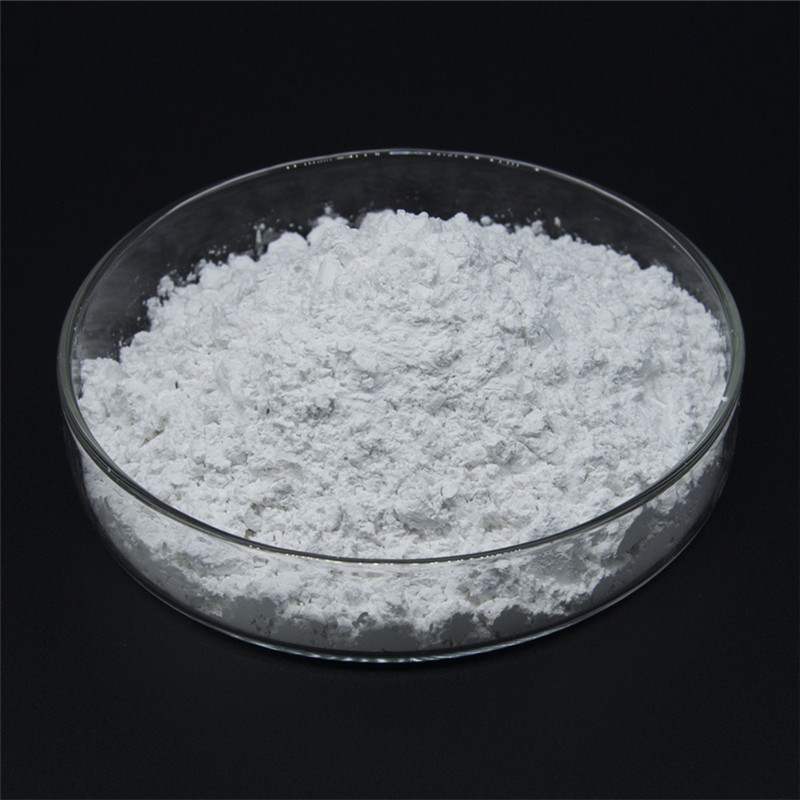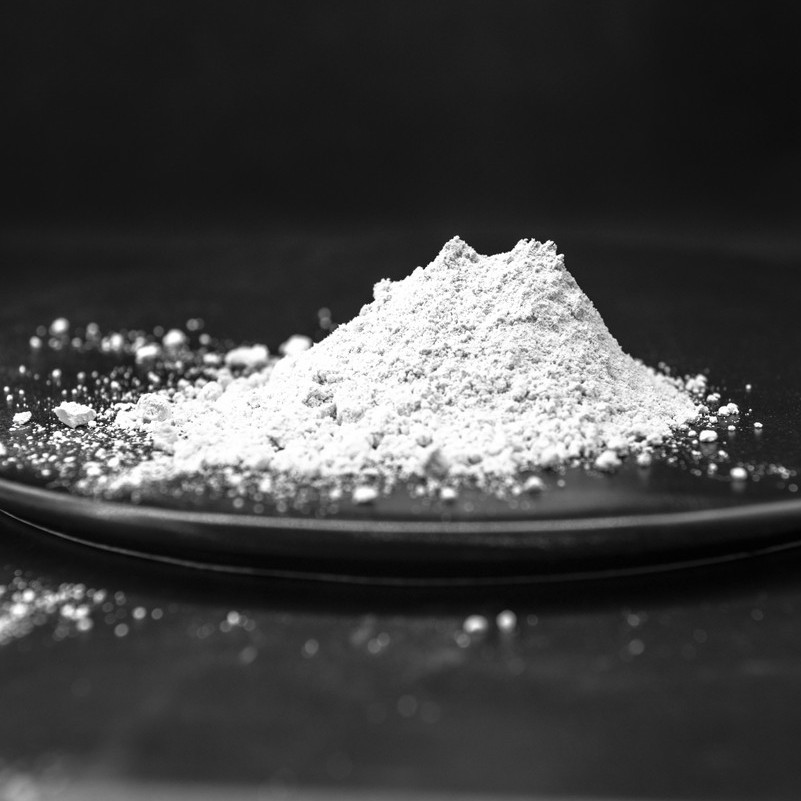White Fused Alumina (WFA) is a synthetic abrasive produced in an electric arc furnace from high-purity alumina (Al₂O₃). The “white” designation comes from its pure composition, which results in a near-white color. This high purity (typically over 99% Al₂O₃) makes it harder and sharper than its brown fused alumina counterpart.
Polishing powder is the finely crushed and precisely graded form of WFA, designed for creating smooth, reflective surfaces.
| Physical Properties | |
| Hardness: micro | 21600-22600kg/mm3 |
| Hardness: Mohs | 9.0 min |
| Specific Gravity | 3.95-3.97g/cm3 |
| Bulk Density | 1.65-2.05g/cm3 |
| Particle Shape | Blocky, Sharp |
| Color | white |
| Chemical compositions | |
| Al2O3 | 99.40min |
| SiO2 | 0.15max |
| Na2O | 0.28max |
| Fe2O3 | 0.06max |
| CaO | 0.03max |
| MICRO POWDER SIZE DISTRIBUTION | |
| Grit designation | Mean grain size ds50-value in μm |
| F 230 | 53.0 ± 3 |
| F 240 | 44.5 ± 2 |
| F 280 | 36.5 ± 1.5 |
| F 320 | 29.2 ± 1.5 |
| F 360 | 22.8 ± 1.5 |
| F 400 | 17.3 ± 1 |
| F 500 | 12.8 ± 1 |
| F 600 | 9.3 ± 1 |
| F 800 | 6.5 ± 1 |
| F 1000 | 4.5 ± 0.8 |
| F 1200 | 3.0 ± 0.5 |
| F 1500 | 2.0 ± 0.4 |
| F 2000 | 1.2 ± 0.3 |
| F 3000 | 0.8±0.2 |
Key Properties and Advantages
High Hardness (9 on the Mohs scale): It is harder than most metals and many other materials, allowing it to cut efficiently.
Sharp & Blocky Crystals: WFA grains fracture into sharp, multifaceted particles. This “blocky” shape allows for a fast, aggressive cut while still being able to produce a fine finish.
High Purity & Chemical Stability: It contains no free iron or other impurities. This is critical for polishing stainless steel, aluminum, and other metals where embedded iron can cause “rust staining” or contamination.
Friability: WFA grains are designed to fracture under pressure. This is a key advantage because as the sharp points wear down, the grain fractures to reveal new, sharp cutting edges. This self-sharpening property ensures consistent cutting performance throughout its lifespan.
White fused alumina Applications
Metal Polishing:
–Stainless Steel: The #1 choice for deburring, blending welds, and achieving a satin or bright polished finish on kitchen equipment, architectural elements, and medical devices.
–Aluminum: Used on automotive parts, wheels, and consumer goods. Its purity prevents galvanic corrosion issues.
–Titanium & Other Non-Ferrous Metals.
Stone Polishing: Used in the resin-bonded polishing pads for granite and engineered stone to grind and hone the surface before a final polish.
Woodworking: Used in coated abrasives (sandpaper) for sanding hardwoods between coats of finish.
Lapping Compounds: Mixed with a carrier oil or grease, it is used for precision lapping of mechanical components to achieve tight tolerances and a flat surface.
Anti-Slip Surfaces: Added to paints, coatings, and epoxy floors to create a non-slip texture.


